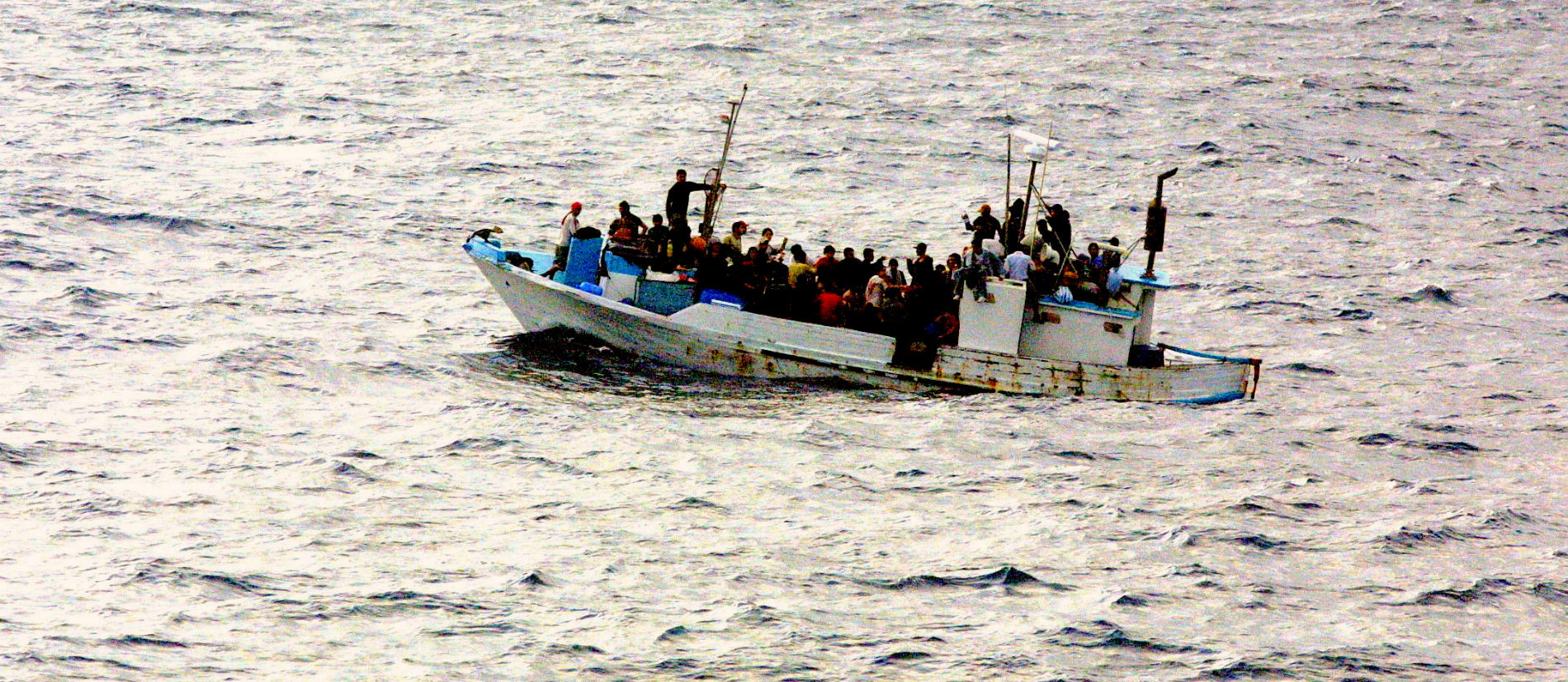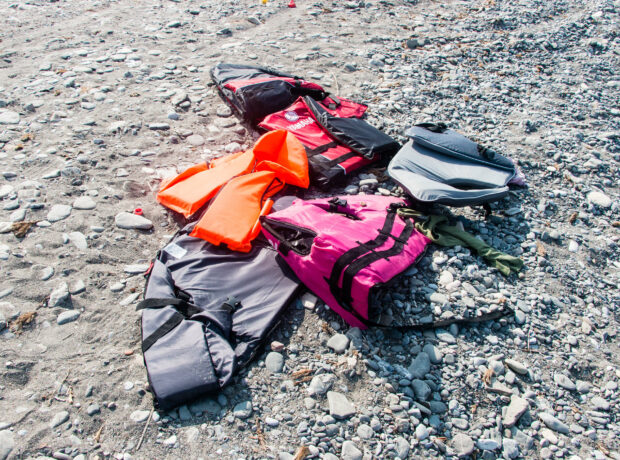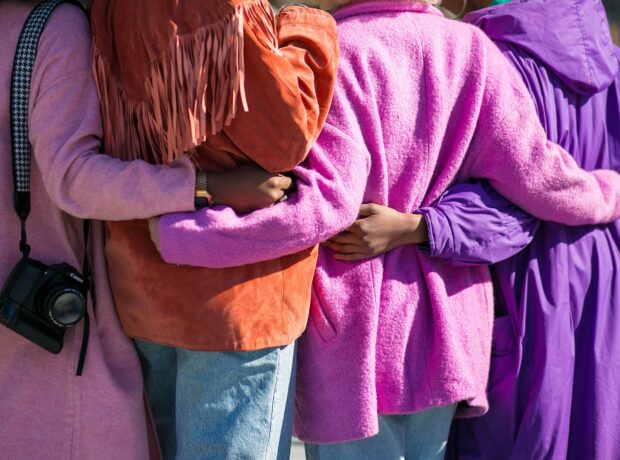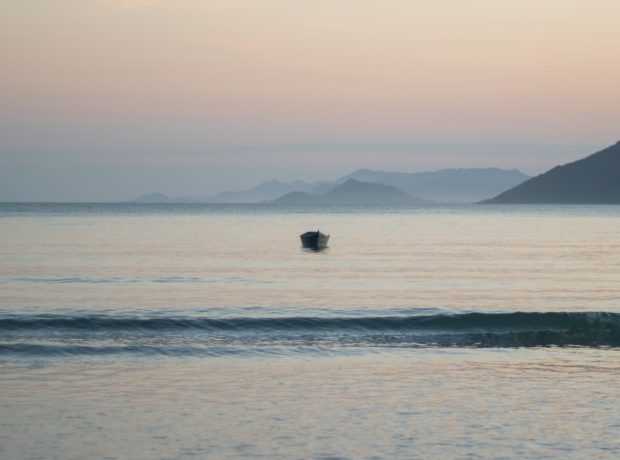Lacuna begins 2016 with a focus on immigration and the recent crisis that’s enveloped Europe.
A month into the new year and politicians are still struggling to agree an executable plan to manage increased migration flows into Europe humanely. So far nearly 34,000 migrants have arrived and 113 are known to have died in the attempt. Last year European leaders agreed to resettle 160,000 refugees, but to date just 331 people have been relocated. This week European Union officials will discuss plans to close parts of the Schengen zone temporarily to help stem the flows. Proposals include patrols at the border between Greece and Macedonia, which would effectively trap hundreds of thousands of new arrivals in the austerity-hit country. Ioannis Mouzalas, Greece’s migration minister told the FT, ‘We do not intend to become a cemetery of souls here.’ Earlier this month a Greek journalist described increased security and border patrols on the ground that are effectively turning the country into an ‘open air detention centre for refugees’.
Lacuna’s main feature written by Rebecca Omonira-Oyekanmi, brings yet another dimension to the refugee crisis by focusing on the post-rescue situation for people arriving in Sicily who don’t qualify for refugee status. Much of the public narrative has been about the immediate rescue of refugees and on securing borders, which, as Rebecca’s piece shows, ignores the systematic problems with Europe’s current asylum and immigration system. While money is poured into the hotspots or at the point of arrival when people are first rescued from the sea, what happens next can be chaotic and disorganised. Charity workers and activists on the ground in Sicily describe a lack of basic services. The process of legalising one’s status can take months or even years. Most of the people left behind in Sicily are those without the means or contacts to travel to the richer northern European countries and they are mostly black Africans. Rebecca tells the story of Fatima, a woman determined to live, not as refugee, not as a migrant, but an ordinary citizen. In doing so, she implicitly challenges a system seemingly unable to recognise the blurred lines between the experiences of a legally recognised refugee and a person without legal status.
Rebecca also looks at the factors driving people from north Africa and beyond into the Mediterranean Sea and to Europe; there is a long history of movement between the two continents and the latest European tendency towards closed borders and patrols is unlikely to stop this. She raises, too, the question of women and increasing reports of sexual violence on the journey to Europe. What happens when they arrive and are there structures in place to manage the trauma of their experiences?
Lacuna stays with migration flows to Europe but this time we look at the EU’s Spanish border in a stunning photographic essay by Sergi Camara. Since 2004 Sergi has documented the experiences of people living around Europe’s borders. In this project he shines a light on the under-reported human rights abuses taking place at the borders between Morocco and the Spanish enclaves of Melilla and Ceuta.
Jennine Walker gives a fascinating insiders view on what it’s like to represent asylum seekers held in detention in the UK. Jennine tells the story of the crucial legal battle against the detained fast track – a system where the British Home Office’s detains asylum seekers while their claim for sanctuary is processed.
Elsewhere Lacuna intern Lauren Beadsworth visits a photographic exhibition shedding light on the experiences of Indonesian women in Hong Kong. Lauren considers the women’s complex experiences in light of the often simplistic portrayals of migrants in the UK.
Tony Boardman reviews The Year of the Runaways, Sunjeev Sahota’s Man Booker shortlisted novel about a group of ‘undocumented’ migrants living in Sheffield in the north of England. The book illustrates the complex and sometimes brutal existence of living without papers. While welcome, Tony wonders if this nuanced portrayal might fuel ‘reactionary arguments against immigration’.
Banner photo by US Navy



